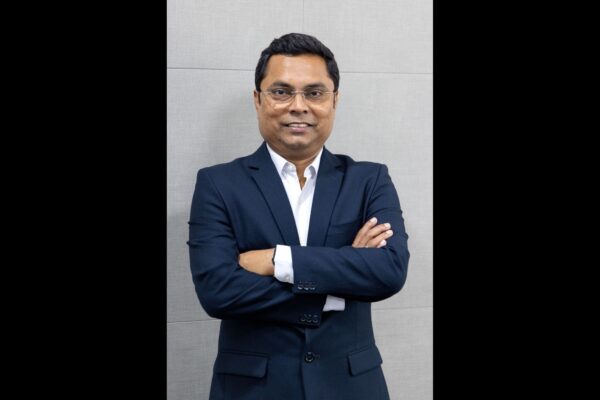Atlas Copco: In Expansion Mode
How important is India in the global scheme for Atlas Copco?
In early 2000 there was a big change in the Indian market and the speed of growth was great. However nine years down the pipeline, in 2008-09 the story changed causing a dent in the success story. Thankfully the market has picked up since 2013 and for the last three to four quarters India is growing at double digit in the domain Atlas Copco operates in, and if there is one country on earth that I want to copy everywhere in our business, it is India.
How would you compare India’s capacity utilisation with a country like China?
The Chinese market is bigger; our setup in China is bigger primarily owing to the local market in that region. China accounts for around 12% of Atlas Copco’s business while India accounts for around 6%. I believe if India succeeds to solve its infrastructural bottle necks the existing growth figures can be accelerated. Having said that I must add we are exporting more out of India than China.
Do you face in IPR violation issues in a country like China?
We have witnessed IPR issues in China, Africa, and Australia and in South East Asian countries like Indonesia, Philippines and Vietnam, Brazil. But we have procedures in place to tide over such issues. I must mention that Beijing has been very supportive in helping us out as far as IPR violations are concerned. I believe there are two ways to tackle such issues, the legal route is one way to address the issue and the other is the element of speed. If a company can supply its innovative produce at a faster rate than its violators, it emerges as a clear winner. One must also not forget the fact that by merely selling a product you do not script a success story, it goes much beyond that. And the availability of spare parts and services is also the key to the end game. Most of the impostors fall flat when it comes to these two aspects. The way we have positioned ourselves also allows us ease of operation, to elucidate further, like in India we are an Indian entity, in China we are a Chinese entity. And I personally believe that like India the Chinese market is also important. If you cannot be the market leader in China you cannot be a global
market leader.
You mentioned that you are bringing some products from Sweden to India what is the strategy behind this move?
In the kinds of products we devise there are multiple components and this step has been initiated in order to consolidate the manufacturing processes. Such consolidation helps us in achieving a desired level of seamlessness. A large part of the products we manufacture happens in our facilities in US, Sweden and India. Over a time period it was realized that a varied degree of specialization can be imparted in certain products or product components if they are manufactured in India. This helps us in attaining a good deal of competitiveness too.
Do you have a global R&D centre in India?
We have 25 different divisions. These divisions are product driven, so having a centralized R&D centre is not a feasible idea. We have development hubs which are classified on the basis of the product development each of them is responsible for. Moreover since we have different development centre’s we can work over 24 hrs. We have a hub in Pune and one in Bangalore which utilizes the skilled talent pool to drive innovation in our products.

.jpg)







